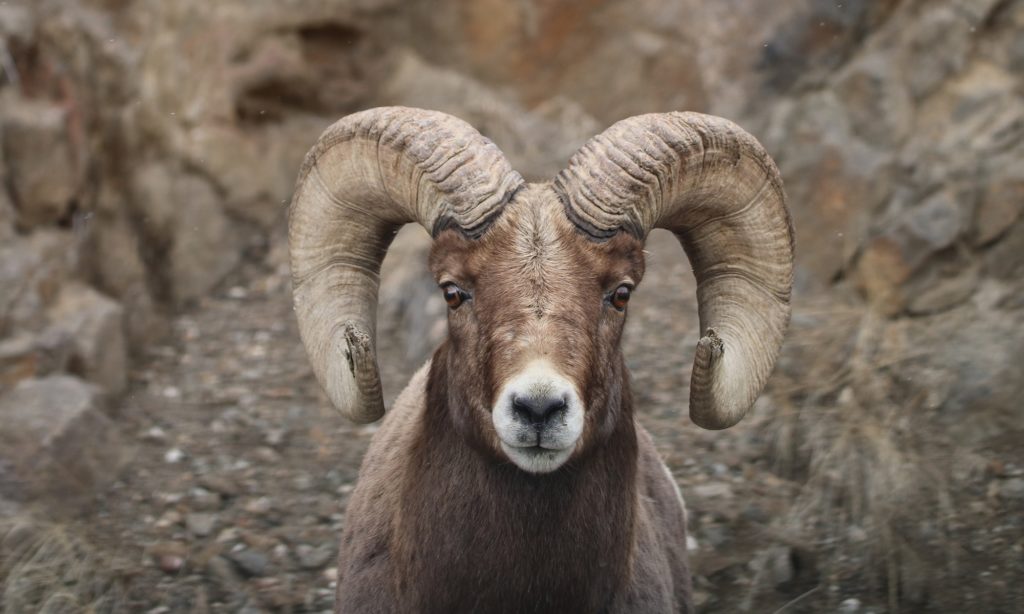Somewhere, in a local government meeting, an idea is proposed, a policy brief is written, some voting occurs, paperwork is pushed around, money is allocated, and a new highway is built.
In the same region, some bighorn sheep are off trekking in search of their favorite grasses to eat. They come upon a road they can’t cross that wasn’t there before. The sheep stay put and eat the same old grass they were already eating.

When policymakers decided to build this road, it’s unclear whether they considered the consequences of this type of habitat fragmentation on the tiny ecosystems of bacteria that live inside of each bighorn sheep. More importantly, whether they knew their decision might lead to unforeseen consequences for bighorn population health.
We take for granted how intertwined policy and science really are.
Claire Couch is a 5th year PhD candidate in the department of Integrative Biology, studying wildlife disease ecology, but she’s also the president of a new Science & Policy Club at Oregon State University.
Advised by Anna Jolles in the College of Veterinary Medicine, Claire studies the bacteria that live in the guts of large animals like African buffalo, rocky mountain elk, and bighorn sheep. She’s interested in how the gut microbiome can contribute to disease resistance, but separate from her PhD research, she’s interested in how policy can be informed by science, and how science can be impacted by policy.
Claire says she’s always been interested in ecosystem health and fascinated by ecosystem dynamics between big scale (a region the sheep lives in) and small scale (the bacteria living in the gut) ecosystems. Through her research, she’s been exposed to diverse conservation issues for different wildlife species. For example, management and policy shapes where wildlife can reside, and where they are determines the factors that shape the gut microbiome. It became apparent to Claire that most scientists are not typically trained to understand and partake in policy, including herself, even though is it’s critical to all of our research pursuits.

Claire started looking for ways to learn more and to become more engaged in science policy, but wasn’t finding exactly what she was looking for. OSU has some science-policy courses and clubs, but they are typically very specific to one type of science. So although she didn’t feel qualified to take the lead on this, she created what she was looking for: a science policy space that is more inclusive and general, with an emphasis on career development and general policy literacy.
In the first year since this group started, they’ve already packed in several activities including: meetings with OSU faculty who are closely tied to policy, a seminar about how to communicate about controversial topics, a panel talk about how scientists can communicate with the press, a talk from a government agency research organization scientist, and a meeting with House Rep. Peter DeFazio. Finally, the group has an open-source data panel coming up.

Claire wants to help scientists make their work relevant, but she hasn’t been doing it all alone. There are currently a few other club officers, and as Claire writes her dissertation, she’s looking to pass on club leadership. In the future, she hopes to see the club become more engaged with the non-OSU community members around us, host bigger events in collaboration with other groups on campus, and start up a mentoring program in which club members would be mentored by policy professionals.
To hear more about this policy club and Claire’s research and future plans, tune in to KBVR 88.7 FM or stream online March 1, 2020 at 7 P.M.
